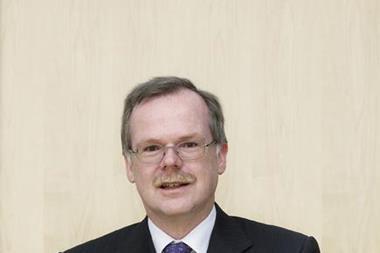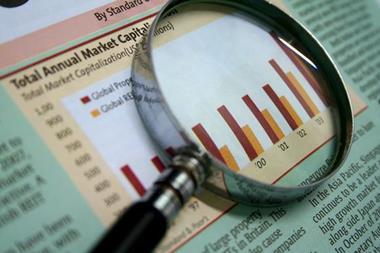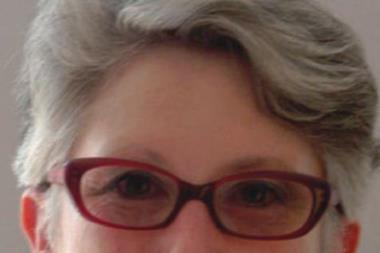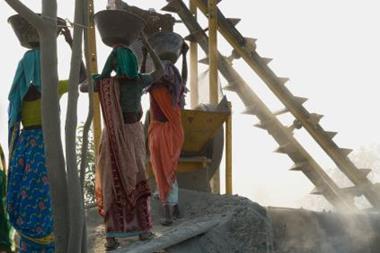The initiative is aimed at addressing earthquake risk where no reliable models exist
Willis is backing the Global Earthquake Model (GEM), a five-year initiative of the Organisation for Economic Co-operation and Development (OECD) to produce the world’s first earthquake model.
Over half a million people died in the past decade due to earthquakes and tsunamis, mostly in the developing world, where the risk is increasing due to rapid population growth. But in many seismic regions, no hazard models exist.
The model is designed to produce consistent coverage around the world—including in developing countries where no reliable models exist today.
GEM is an open source global earthquake model that creates an independent standard to calculate and communicate earthquake risk, raise awareness, promote mitigation, and stimulate insurance and risk sharing, said Willis.
As part of the project, Willis will contribute scientific research into seismic risks.
Julie Serakos, executive vice president, Willis Re, added: ‘The science that GEM generates will be made available to all. GEM creates a consistent view of risk that will allow all groups to work together on effective solutions for a given region.’
Rowan Douglas, managing director, Willis Re and chairman of the Willis Research Network, said: ‘GEM will also bring significant benefits to seismic risk management in the US and other developed economies.’
‘The GEM exemplifies the best in Open Risk Analysis – that is, transparent, openly accessible data, methods and tools for assessing earthquake hazard and potential losses,’ said Charles Scawthorn, former head of the Earthquake Disaster Systems Laboratory of Kyoto University (Japan), a WRN Senior Academic, and a leading GEM contributor.
Willis is the first (re)insurance broker to support GEM, joining Munich Re on its governing board.



















